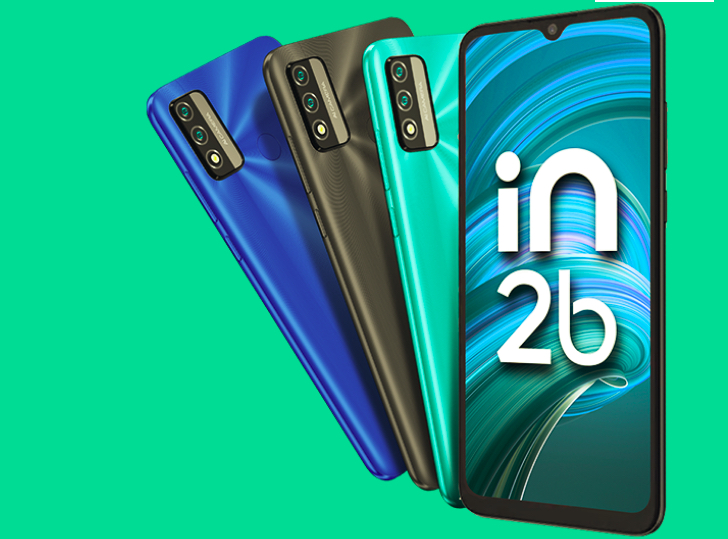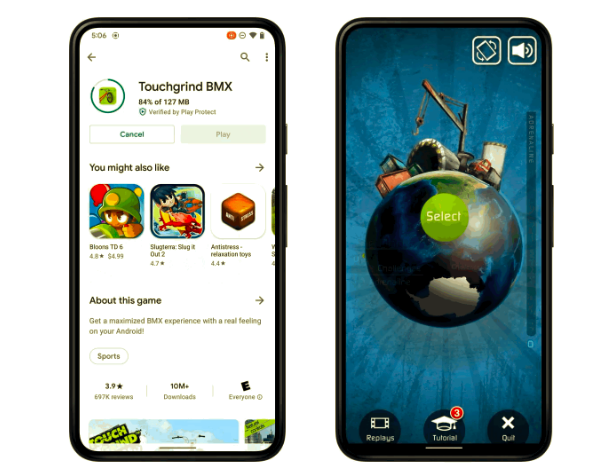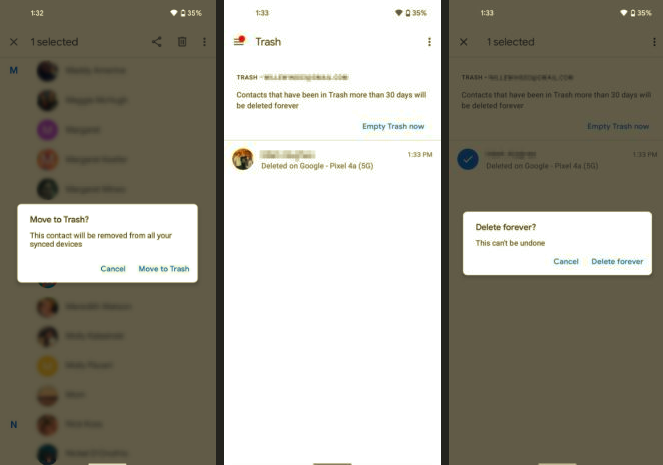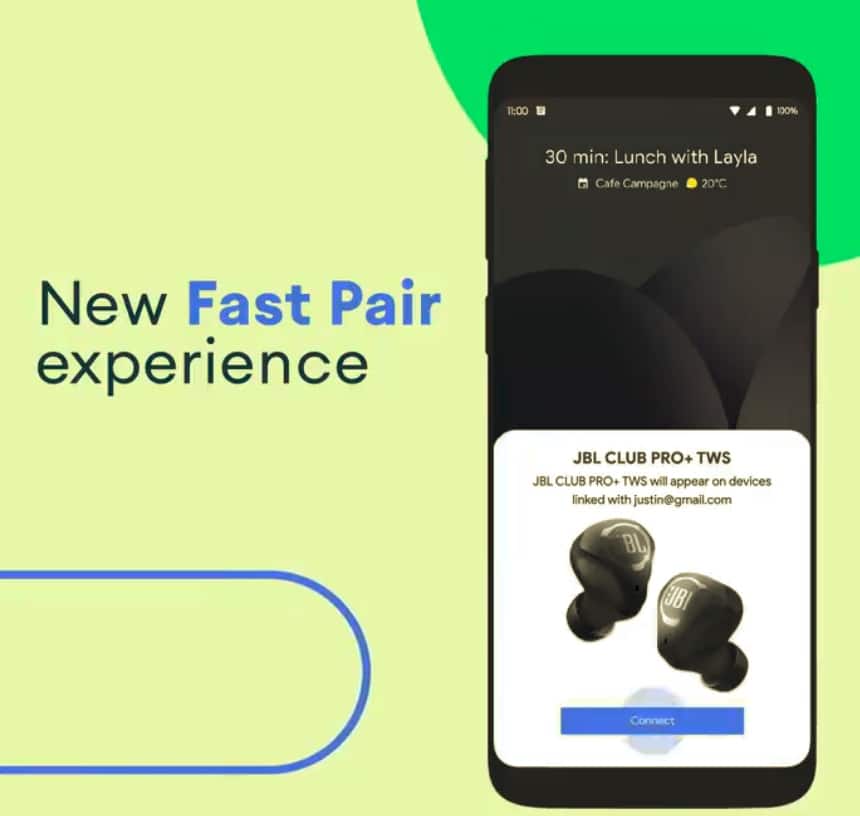Everything you’ve heard about the Samsung Galaxy S7 edge really is true. For once the marketing speak and other reviews are all borne out. Oh, and don’t bother with the regular S7 unless you really, really need the slightly smaller form factor and unless the edge sensitivity (see below) really throws you. Samsung has done a fantastic job with the rounded screen and back – this 5.5”-screened phablet feels natural and secure in the hand, much smaller than its specs and nominal size would suggest.

Of course, the Galaxy S series has been evolving slowly but surely – the S4 was the jack of all trades, still famed today as the forerunner of 2016’s minimum specs (2GB RAM, 5″ 1080p, etc.), the Galaxy S5 was plastic fantastic but did introduce waterproofing and extra sensors, the S6 and edge variants brought metal and curves, but at the expense of storage flexibility and waterproofing and with the curves in the wrong places, while the S7 and S7 edge nail the design, with:
- perfect form factor
- fully waterproof casing
- full range of sensors from all previous devices
- fingerprint biometrics
- microSD support
- the fastest, best phone camera that Samsung has ever made
- Nokia-style always-on Glance on an utterly gorgeous QHD AMOLED screen
Phew. That’s quite a list of improvements across the board and it really seems like Samsung’s iterations can finally rest, with what’s almost a perfect smartphone.

The S7 edge body is metal with glass front and back, toughened but still fragile enough that most owners will want a flip or bumper case of some kind, at least when using the phone out and about. The difference between the two phone form factors (i.e. from the standard S7) isn’t as much as you might think, since the S7 edge’s curved screen edges include the quoted 5.5″ diagonal. Essentially you’re choosing a slightly smaller phone with flatter front glass or a larger phone with exagerated curves – the latter is prettier and cooler (and arguably more ergonomic) but I’d flag one particular usability factor that’s worth heeding.

The curved edge of the ‘S7 edge’ – hard to photograph! Note the white panel on the foreground edge – this is the stub that gets flicked out for the new edge panel UI…
You see, the curved S7 edge display’s capacitive touch goes all the way to the edge too. While this does enable cool UI tweaks like the edge panels shown below, it also means that you sometimes have to be careful not to let your fingers or thumb wrap around the phone edge too much. For example, when taking photos with the S7 edge I found that my traditional supporting grip whereby my left thumb is underneath the phone created issues – the thumb would touch the screen’s left/bottom-most edge and then that would be taken as a touch input by the Camera app! So some retraining will be needed with the ‘edge’ version.

The always-on AMOLED display, very reminiscent of the old Nokia/Symbian/Lumia displays a few years ago, which were also based on using the characteristics of AMOLED screens….
I’ll leave the full list of features and functions to Rajesh, who will be doing the full review of the S7 variants – this is supposed to be a first impressions piece, so I’ll press on with the real highlights.

I have to start with the camera, which is excellent, though Samsung’s insistence on artificial sharpening is a little annoying if you look too closely (as I do, but most users won’t!) The huge f/1.7 aperture means that you get a lot of light on the 1/2.6″ sensor, rated at 9MP in typical 16:9 mode, i.e. the pixels are larger than average. Add in OIS to allow longer exposures when necessary and the S7’s performs AMAZINGLY in low light. Even my usual bug-bear, of moving subjects (e.g. people) in low light, is catered for by the specs, with so much light being handled that even ‘party’ shots can be captured with LED flash at 1/100s, fast enough to freeze most motion and avoid traditional camera phone blur.
Here are some sample shots – there will be more in Rajesh’s review – along with some crops, with comments:


Good detail in good light, but nothing outstanding. See below for better…


Fabulous detail in low indoor light, you can see the winding on the guitar strings!


Macros are sometimes hard to pull off in terms of focussing – when you’re shooting dew on spider’s webs, that is! Here I had to trick the S7 but I got the shot in the end…


The great camera specs mean that even in low light with LED flash, a 1/100s exposure can be used, freezing most human motion (here I was deliberately laughing and trying to keep moving during the shot). This shot is darkish, but can be brightened up later in editing – the important thing is that there’s very little blur!
Plus the focussing is astonishing – the whole sensor is used for phase detection and autofocus is effectively instant in almost all light conditions. In fact, you can forget about keeping things in focus since they almost always will be – unless you want to try something arty, in which case you might want to investigate third party applications which are more customisable and which aren’t quite so eager to please.
Overall, very impressed with the hardware components though, from camera to screen quality, even the mono speaker (outputting through the bottom of the phone) is pretty loud, if not quite at the fidelity we’ve seen on hardware like the Nexus 6 and 6P in the past. The (fast) charging and data port is microUSB, probably a sensible choice at this point considering the number of Samsung customers worldwide, though the S8 in 2017 will most definitely be USB Type C. Also of note is that the microSD support does not include Android 6’s ‘adoptable storage’ – another good call by Samsung, since reformatted microSD cards is a customer support disaster just waiting to happen.

There’s still TouchWiz, of course, a little more polished here than in previous outings, but still oversized and cartoony in my opinion. But you can live with it if you have to – or just replace the launcher with Google’s and have done with it. It’s based on Android 6.0 from the outset on the S7 and S7 edge, so the Doze system gives great standby time and good battery life generally.

You do get ‘edge’ shortcuts in the UI, swipe these in from the right of the display for fast access to favourite apps, contacts, tasks, weather, and quite a bit more, as defined by you – this is a whole new launcher idea and a little tacked-on, but I can see how you could get to grips with it and fly around fast. Hopefully it’s here to stay in Samsung’s portfolio.

The default first couple of edge panels, easy to add your own items and then customise the panel content itself (see below)

The settings for the edge panels show a wealth of alternatives, along with the ability to present them in a certain order.
Powering everything is 32GB of storage (expandable), 4GB of RAM, and a Snapdragon 820 chipset or Exynos equivalent, and I had no complaints at all with the phone’s speed, everything essentially happens ‘instantly’, or is bound by other limiting factors, such as connectivity.

The Galaxy S7 edge is expensive, £600 or so in the UK, definitely premium, but it’s still cheaper than most iPhones and outguns them in almost every department. If you can afford it – hey, pick it up on contract, it’s future proof – and want Android and if you don’t have to have a Nexus then this is the smartphone of the year. So far, at least!









